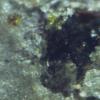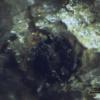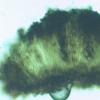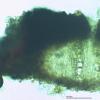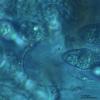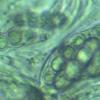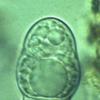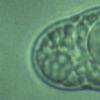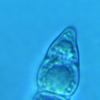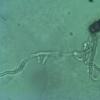
18-10-2016 15:54
 Angel Pintos
Angel Pintos
Hola a todos he terodiscus encontrado este Asterod

13-10-2016 14:39
 Marian Jagers
Marian Jagers
Could somebody help me with this species growing g

17-10-2016 19:04
Thorben HülsewigHi there,yesterday i found on ground this strange

16-10-2016 10:08
Attila RigóBonjour! Good morning for everyone!I'm Attila Rig�

16-10-2016 17:41
 Angel Pintos
Angel Pintos
Ascoma superficial disperso entre 300 y 500 micras

08-10-2016 22:53
 Rubén Martínez-Gil
Rubén Martínez-Gil
Hola a todos. Subo unas fotos de una Heyderia que

16-10-2016 00:34
 Rubén Martínez-Gil
Rubén Martínez-Gil
Hola a todos. Subo unas fotos de un Hymenoscyphus
Asterodiscus en Tamarix
Angel Pintos,
18-10-2016 15:54
 Hola a todos he terodiscus encontrado este Asterodiscus sobre una rama decorticada de Tamarix a 2 m de altitud
Hola a todos he terodiscus encontrado este Asterodiscus sobre una rama decorticada de Tamarix a 2 m de altitudAscoma Apotecioide, solitario y en grupos, erumpente con una abertura mediante una hendidura en el centro longitudinal o de forma irregular. entre 250 y 700 micrometros de diametro.
Hamatecio parafisis celular septada de 2 a 4 micrometros de ancho en el apice suelen aparecer hinchamientos hifales.
Ascos de clavado a sacceliforme de paredes gruesas con ascosporas que van de bi a triseriadas.
Ascosporas hialinas, marron claro al madurar primero con un septo al madurar 3 septos, con grandes gotulas en cada celula de 33,14 X 13,58 a 47,57 X 16,17 micrometros.
Un saludo
Angel
Alain GARDIENNET,
18-10-2016 21:13
Re : Asterodiscus en Tamarix
Hi Angel,
Asterodiscus tamaricis, no problem. Very good !
Alain
Angel Pintos,
18-10-2016 22:18

Re : Asterodiscus en Tamarix
Gracias Alain
un saludo
Angel
un saludo
Angel

